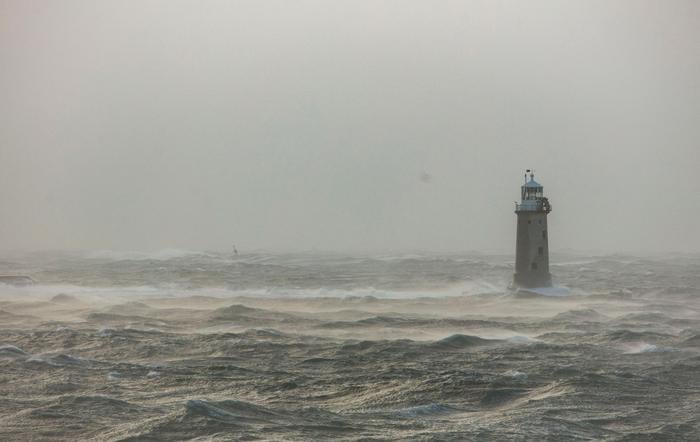A University of Plymouth study has uncovered the complex motivations behind people’s fascination with live-streamed footage of extreme weather events. The research, published in Environmental Hazards, analyzed viewer behavior during live streams of Hurricane Irma, Hurricane Ian, and Storms Dudley, Eunice, and Franklin.
Dr. Simon Dickinson, a geohazards expert at Plymouth, examined over 14,300 comments from 5,000 unique accounts across nine live streams. These broadcasts totaled 65 hours of footage and attracted more than 1.8 million viewers.
Risk Assessment and Community Support
The study found that viewers in affected areas used the streams to discuss official evacuation advice and assess risk. Others, with connections to the impacted regions, watched to show support and share messages of hope.
“You might assume that this is just a form of online ‘rubber-necking,’ and that people are naturally drawn to spectacular sights,” Dr. Dickinson said. “However, this study has shown that the drivers to watch extreme weather footage are more complex.”
The research revealed that live streams serve as a digital gathering point for people to share experiences and verify their understanding of the unfolding events. Many viewers sought to learn more about the science behind the extreme weather phenomena.
Digital Platforms as Learning Spaces
The study highlights how digital platforms are evolving into spaces for learning, community building, and emotional support during times of crisis. Dr. Dickinson emphasized that these live streams are “not just spaces of disaster voyeurism” but rather important tools for understanding and coping with an increasingly volatile world.
Many of the analyzed streams repurposed existing webcams that typically broadcast beach or port conditions. In some cases, affected individuals shared footage from their own security or doorbell cameras.
“Although scientists are getting better at communicating risk, people are far more likely to discuss hazards in informal and relatively unmoderated settings,” Dr. Dickinson noted. He stressed the importance of understanding these new digital practices as they play a crucial role in how people make sense of hazard risks.
The research underscores the need for further investigation into how people use emerging technologies to process and respond to extreme weather events. As climate change continues to increase the frequency and severity of such disasters, understanding public engagement with live-streamed footage could prove invaluable for risk communication and community resilience efforts.


